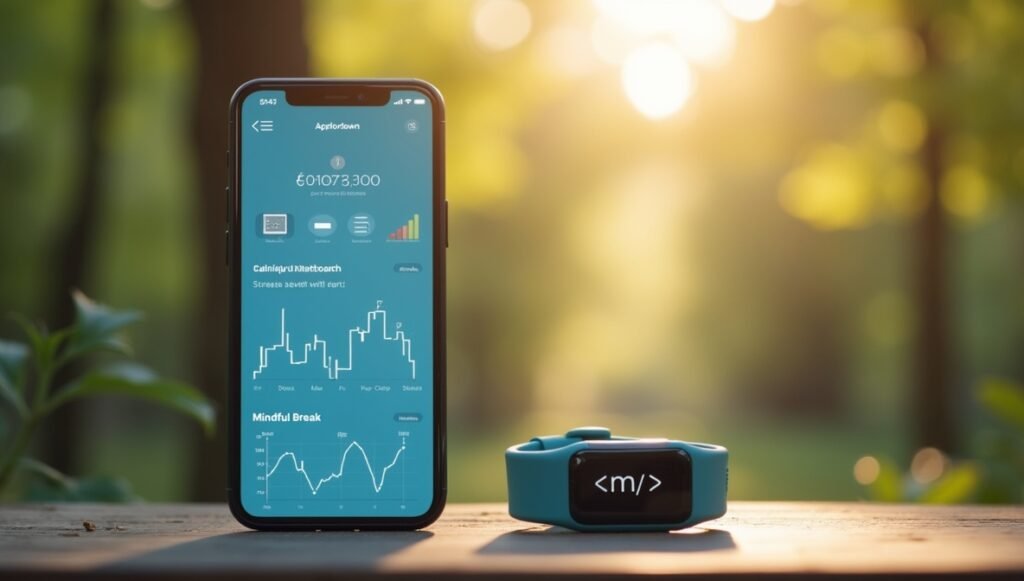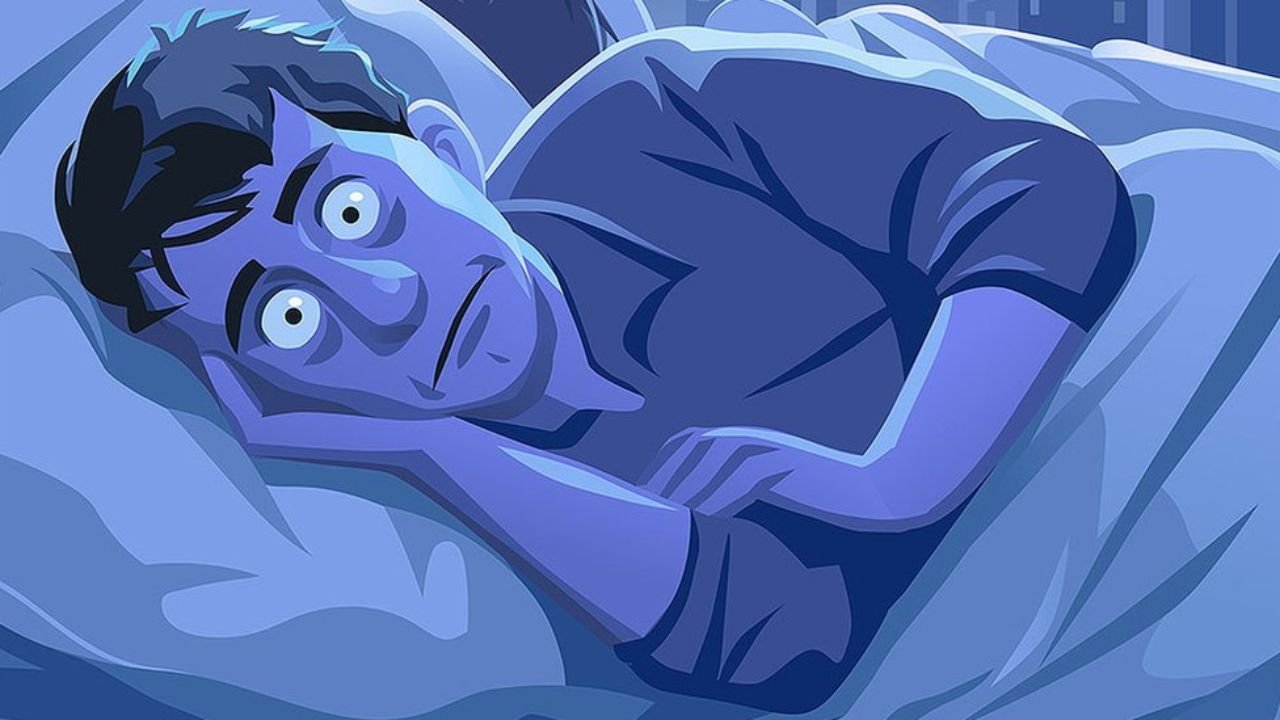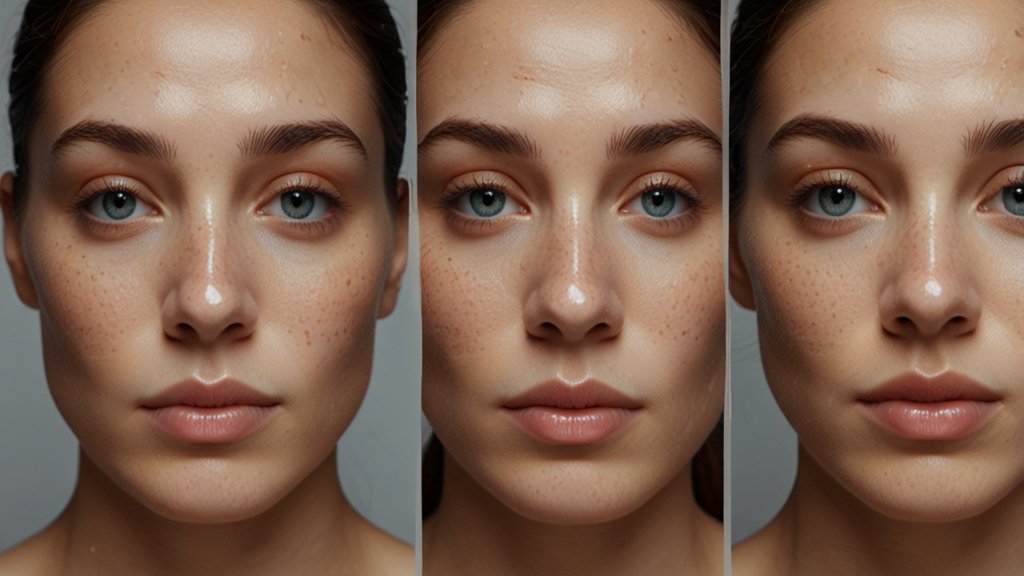Think of an App That Knows You Better Than You Know Yourself
You’re halfway through a workday when your phone buzzes. *“Take a 5-minute mindfulness break,”* suggests Appfordown. Skeptical, you pause—and realize your shoulders have been tense for hours. By the time you return to your desk, the looming anxiety has dissolved. Science fiction? Not anymore. In 2023, Appfordown is rewriting the rules of mental wellness by predicting emotional dips before they crash.
Why Appfordown Isn’t Just Another Wellness App
Most mental health tools act like band-aids: they help after the meltdown. Appfordown? It’s the guardrail that keeps you from falling.
The Science of Prediction
It uses biometric data (heart rate variability, sleep patterns) and AI to map your emotional rhythms. Think of it as a weather app for your mind—spotting storms before the first raindrop.
Key Features:
- Mood forecasting based on 50+ data points
- Real-time stress-level alerts
- Customized coping strategies (e.g., “Walk outside before 3 PM”)
How Appfordown Works: A Peek Under the Hood
The Tech Behind the Magic
Its algorithm cross-references three layers:
- Biometric Sensors (via wearables like Apple Watch)
- Behavioral Patterns (typing speed, social media activity)
- Environmental Factors (weather, calendar events)
| Traditional Apps | Appfordown |
|---|---|
| Reactive solutions | Proactive predictions |
| Generic advice | Hyper-personalized tips |
| Manual mood logging | Automatic data sync |
Real Users, Real Stories: Appfordown in Action
Case Study 1: Sarah, 34 (Marketing Executive)
- Challenge: Burnout from back-to-back deadlines
- Appfordown’s Role: Detected elevated cortisol trends every Thursday. Suggested scheduling “buffer days” and hydration reminders.
- Result: 40% fewer migraines in 8 weeks.
Case Study 2: Diego, 22 (College Student)
- Challenge: Social anxiety during exams
- Appfordown’s Role: Flagged increased heart rate during study sessions. Recommended 10-minute breathing exercises.
- Result: Improved focus, GPA boost from 2.8 to 3.4.
How to Spot a Gimmick (And Why Appfordown Isn’t One)
The wellness tech space is crowded with flashy, empty promises. Here’s how it stands apart:
Red Flags in Mental Health Apps vs. Appfordown’s Green Lights
| Red Flags | Green Lights (Appfordown) |
|---|---|
| Vague data usage policies | Transparent, GDPR-compliant encryption |
| One-size-fits-all plans | Algorithms adapt weekly |
| No clinical validation | Partnered with Johns Hopkins for trials |
The Future of Mental Health:
By 2025, it plans to:
- Integrate with smart home devices (e.g., adjusting lighting during high-stress moments)
- Launch a teen-friendly version with school partnerships
- Predict seasonal affective disorder (SAD) trends using geolocation data

Your 3-Step Starter Guide
- Sync Your Devices: Connect wearables for real-time insights.
- Set Quiet Hours: Allow it to nudge you during low-focus periods.
- Join the Community: Share anonymized trends to improve global algorithms.
Conclusion:
It isn’t just an app—it’s a paradigm shift. By turning reactive care into proactive empowerment, it hands you the tools to navigate life’s turbulence before the storm hits. With its blend of cutting-edge AI, ethical data practices, and human-centric design, it redefines what mental wellness can look like in a hyper-connected world. Whether you’re a burnout-prone professional or a student battling anxiety, this isn’t about chasing perfection; it’s about mastering awareness. The question isn’t “Can an app really help?”—it’s “Why wait to find out?” Download Appfordown today, and let tomorrow’s mental health revolution start with you.
Read also:
ATFBORU: The Silent Revolution in Personal Wellness Tech You Can’t Ignore
FAQs:
- Is Appfordown a replacement for therapy?
No—it’s a preventive tool. Think of it like a fitness tracker for your mind, not a doctor. - How does Appfordown protect my data?
All data is anonymized and stored with military-grade encryption. You own your information. - Can it work without a wearable?
Yes, but accuracy rises by 60% with devices like Fitbit. - What’s the cost?
Free basic tier; premium plan starts at $9.99/month (includes therapist-curated exercises). - Does it work for chronic conditions like depression?
It’s designed for early intervention. Always consult a healthcare pro for diagnosed conditions.











